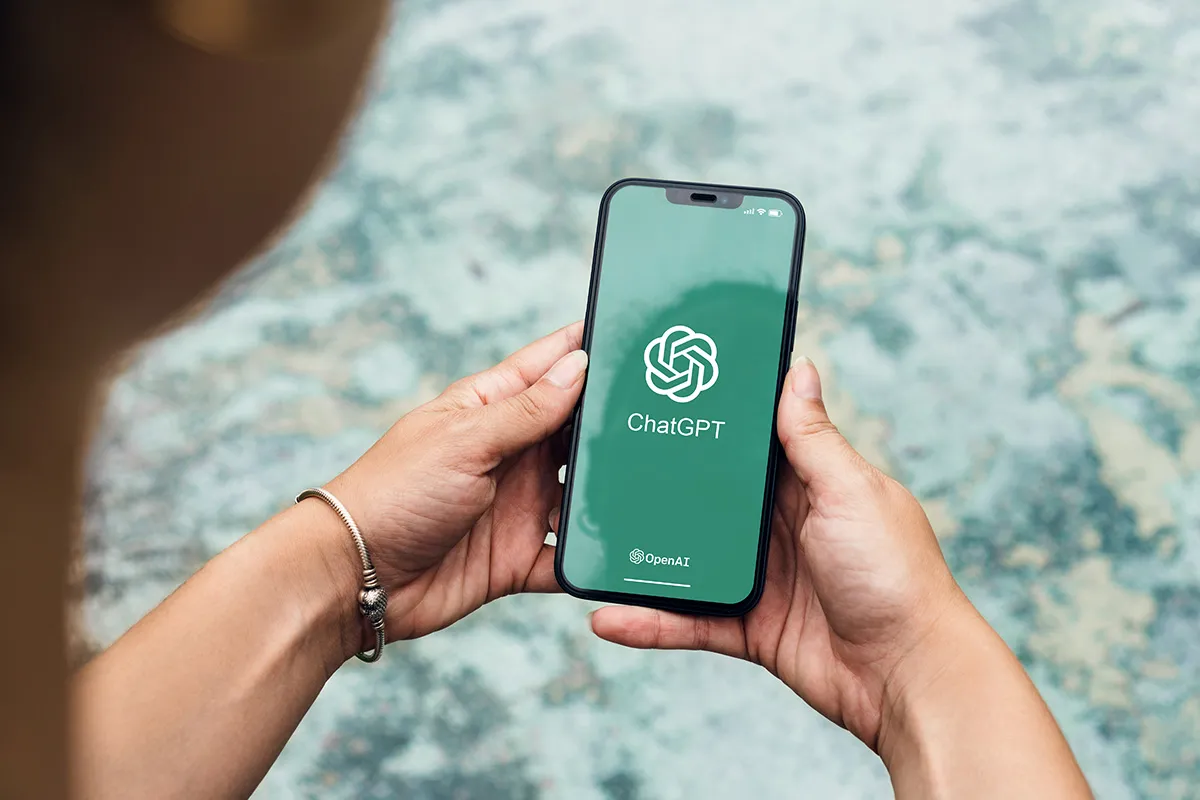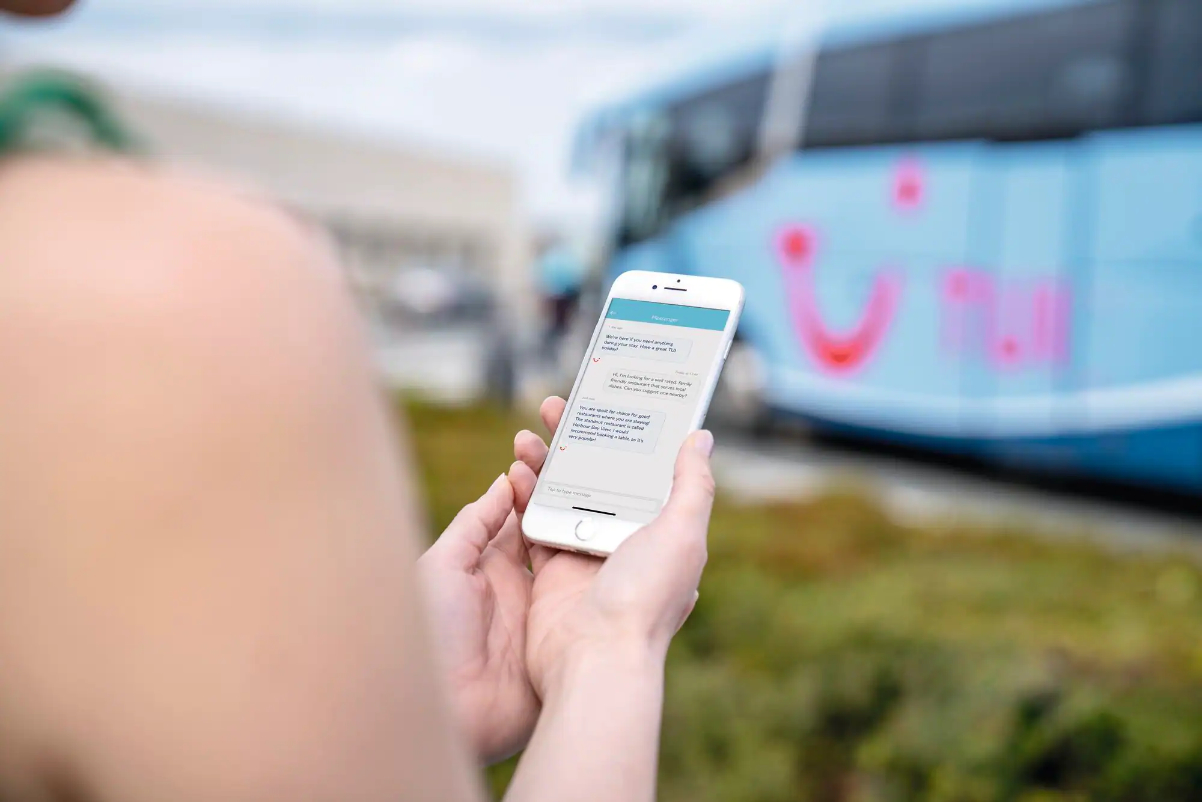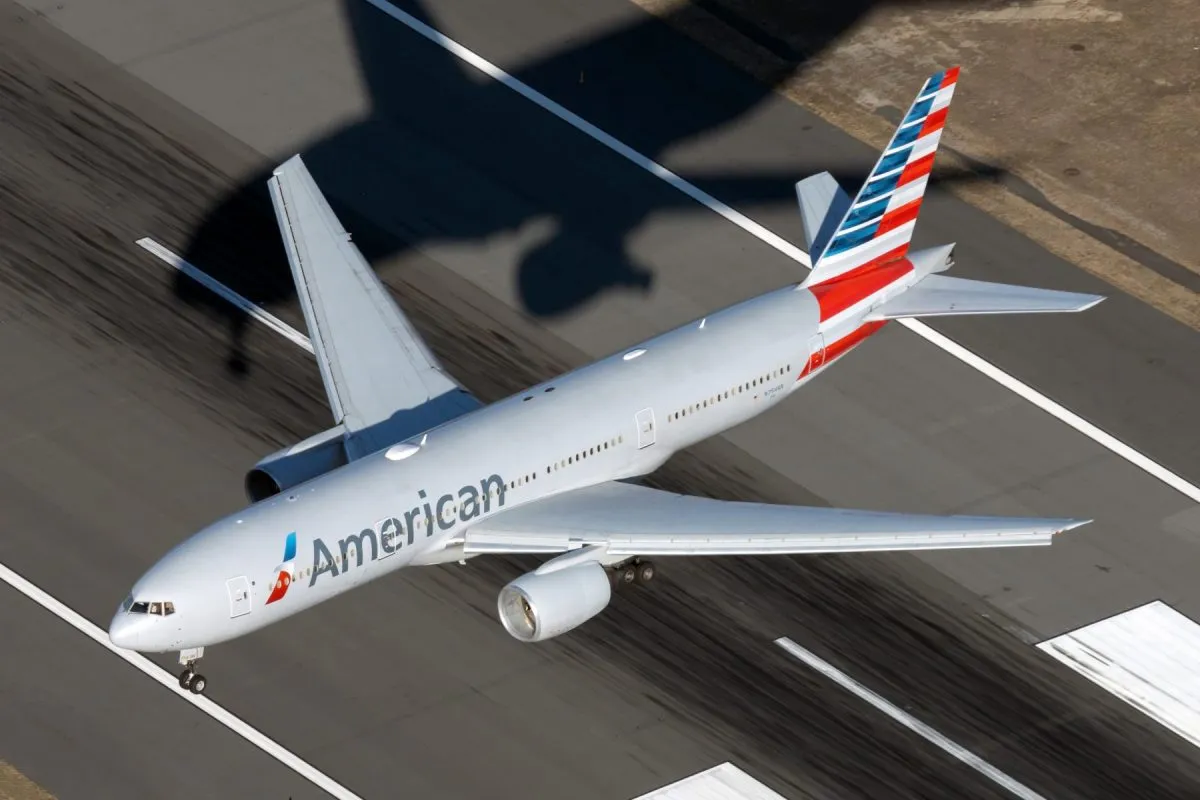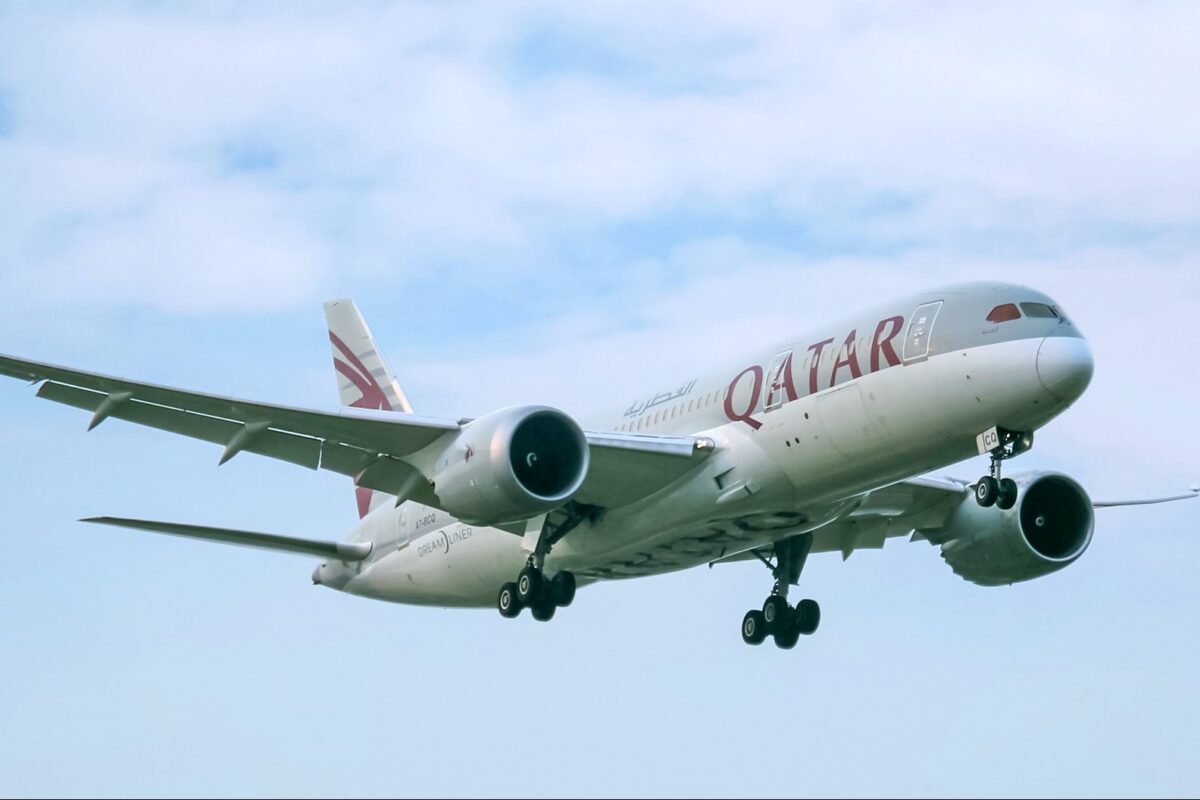A Brief History of In-Flight Entertainment from Projectors to iPads
American flyers recently received the right to browse Wi-Fi on their smartphones during takeoff and landing. It's a luxury that seemed unrealistic one year ago and impossible in the context of the history in-flight entertainment.
In 93 years, the in-flight entertainment experience has moved from silent black-and-white films projected on white screens to streaming Netflix series on iPads.
The above timeline chronicles the evolution of in-flight entertainment from the first film to the recent decision to allow device usage during takeoff and landing. The timeline was produced in part with research previously compiled by IFE Services, Airline Passenger Experience Assocation, and Lets Fly Cheaper.
The Future of In-Flight Wi-Fi
What can flyers expect in the future? The ability to watch content provided by the airlines on their personal devices and, if you're optimistic, free fast in-flight Wi-Fi.
It makes more sense for airlines to rely on passengers' constantly upgrading personal devices that put extra weight onto planes only to replace it every few years, explains Norbert Mueller, SVP of BroadConnect at Lufthansa Systems.
BoardConnect creates infotainment solutions and is coincidentally affiliated with the first carrier to introduce in-flight connectivity, Lufthansa Airlines.
"In a few years, 3-D movies will become standard and then what are you going to do with seat-backs?" asks Mueller.
He doesn't see airlines forgoing entertainment completely. He imagines airlines integrating connectivity with their current media options.
"From the airlines perspective, if you have Internet then you lose the customer to the Internet. If you integrate it cleverly with in-flight entertainment, then you keep the flyer and there's more options for revenues."
Just as in-flight phones have come and gone so will seat-back screens as airlines rely on flyers to provide the hardware while they reap the revenues.




